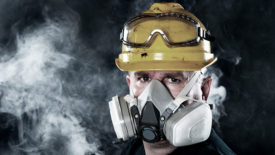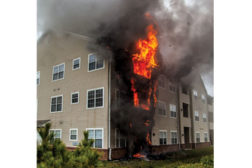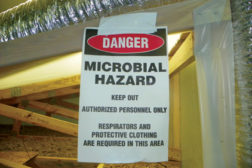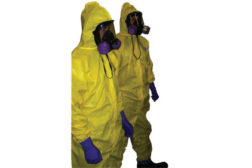Home » Keywords » respirator
Items Tagged with 'respirator'
ARTICLES
Are You Making Safety a Priority?
We took a look at three jobs and asked the professionals how to best stay safe on them.
Read More
Get our new eMagazine delivered to your inbox every month.
Stay in the know on the latest disaster restoration and remediation trends.
SUBSCRIBE TODAY!Copyright ©2022. All Rights Reserved BNP Media.
Design, CMS, Hosting & Web Development :: ePublishing







